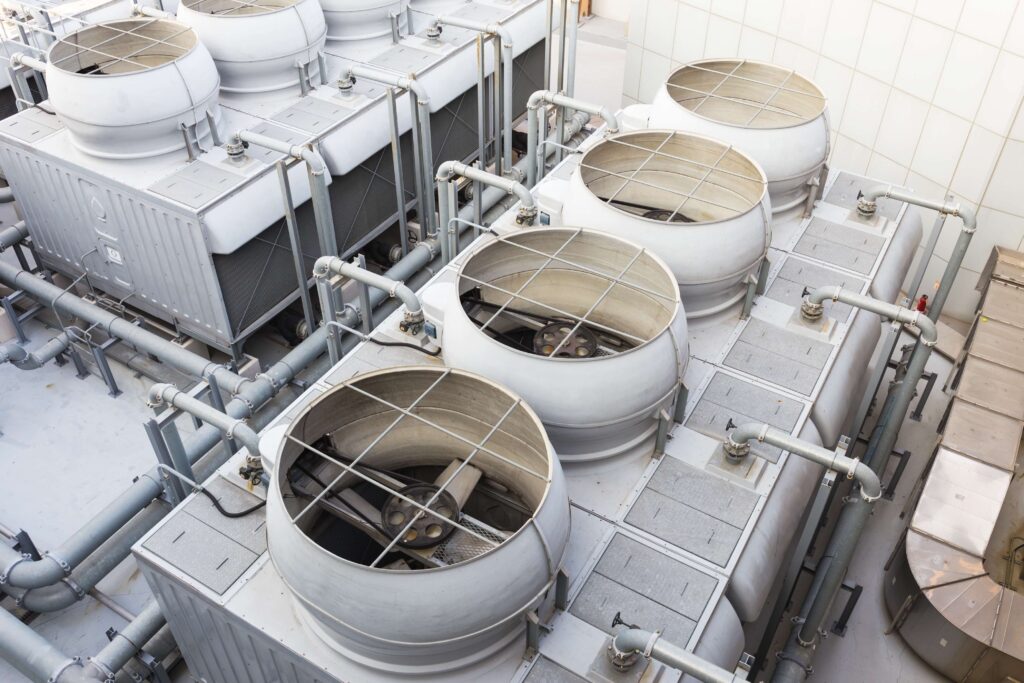A cooling water tank is a container used to store water for cooling purposes, typically in industrial or commercial applications. The water in the tank is used to cool equipment, machinery, or processes that generate heat, such as engines, generators, turbines, or chemical reactors. The water is circulated through the cooling system, absorbing heat from the equipment and returning to the tank, where it is cooled. The cooling water tank may be equipped with a cooling system, such as a refrigeration unit, a cooling tower, or a heat exchanger, to maintain the temperature of the water within a specific range.
Types of Cooling Water Tanks
There are several different types of cooling water tanks, including:
- Open cooling towers: Open cooling towers are large, vertical structures that use evaporation and airflow to cool the water. They are commonly used in large industrial cooling systems, such as those in power plants or chemical plants.
- Closed-loop cooling systems: Closed-loop cooling systems are self-contained cooling systems that use a heat exchanger to transfer heat from the water to a cooling fluid, such as a refrigerant. These systems are typically used in smaller cooling applications, such as air conditioning systems.
- Cooling ponds: Cooling ponds are large, man-made, or natural bodies of water that are used to cool water from industrial processes. The water from the industrial processes is pumped into the pond, where it is cooled by the surrounding air and water.
- Evaporative condensers: Evaporative condensers are similar to open cooling towers, but use a fan to blow air over a coil containing the hot water, causing the water to evaporate and cool.
- Cooling jackets: Cooling jackets are metal jackets that are fitted around pipes or other equipment to cool the water or other coolant as it flows through the system. They are often used in small cooling applications, such as laboratory equipment or process machinery.
Working on Cooling Towers
A cooling tower is a large structure that is used to cool hot water from industrial processes by removing heat through evaporation. The basic working principle of a cooling tower is as follows:
- Hot water from the industrial process is pumped into the top of the cooling tower.
- The hot water is then distributed over a heat-transfer surface, such as a series of plastic fill packs, where it comes into contact with air that is being forced upward through the tower by a fan.
- As the hot water comes into contact with the air, some of the water evaporates, taking heat with it. The cooled water then falls to the bottom of the tower, where it is collected and returned to the industrial process.
- The air that has been in contact with the hot water rises and exits the top of the tower, carrying the evaporated water with it as water vapor.
- The water vapor is then dispersed into the atmosphere, removing heat from the system and cooling the remaining water.
Conclusion
The cooling tower is designed to maximize the exposure of the hot water to the air and increase the surface area of the water-air interface to maximize the amount of heat removed from the system. The efficiency of the cooling tower is influenced by several factors, including the temperature of the incoming water, the air temperature and humidity, and the rate of airflow through the tower.




